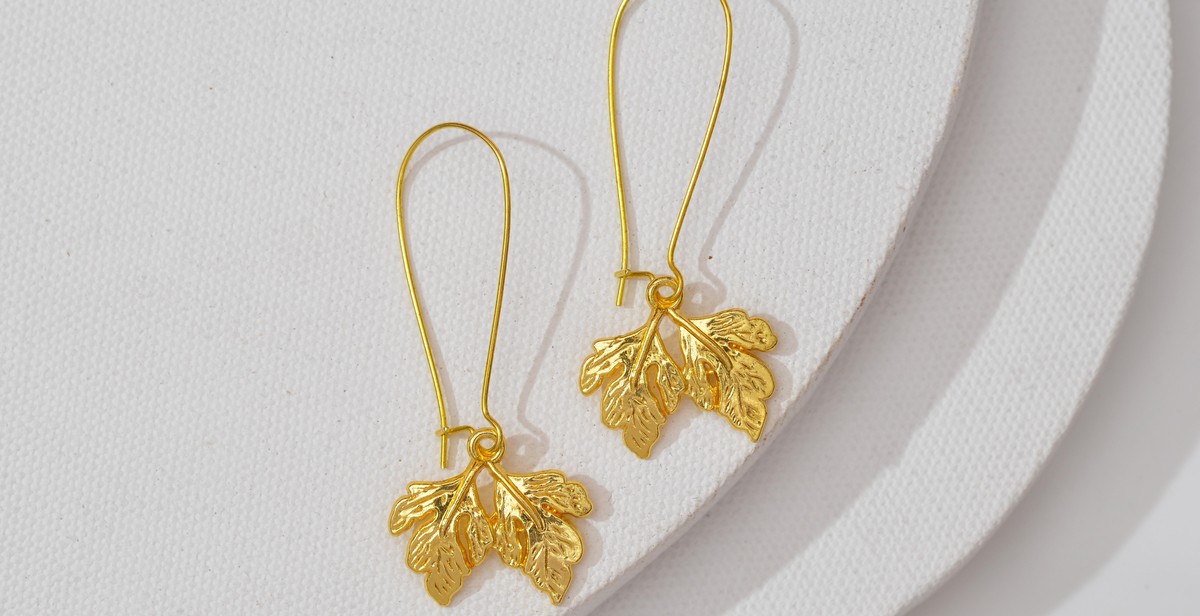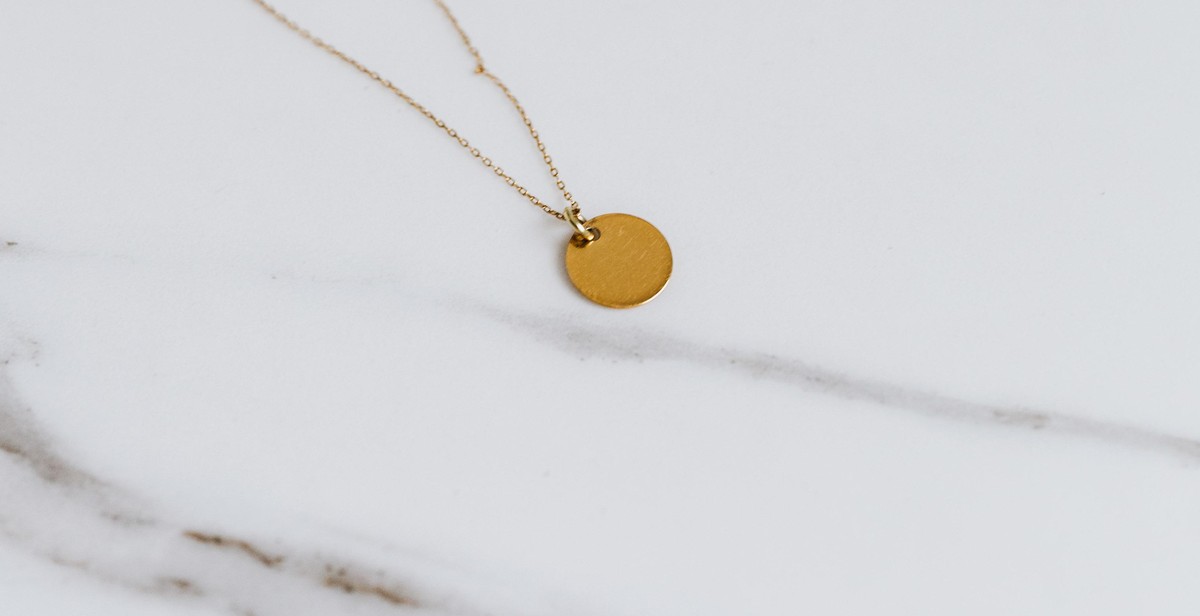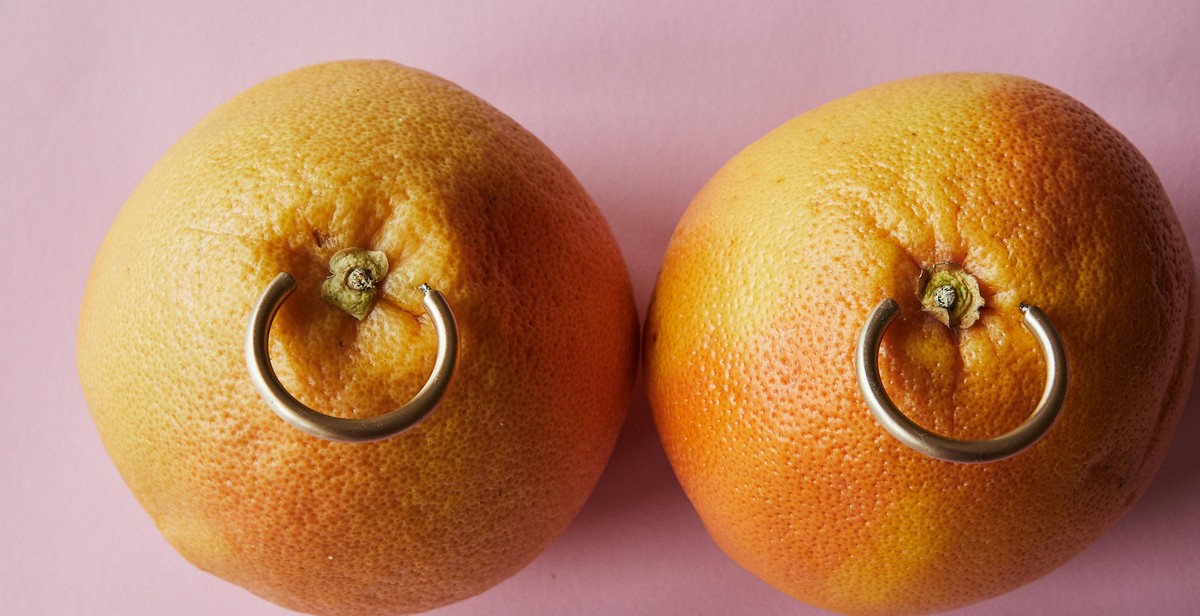What is the Difference Between White Gold, Yellow Gold, and Rose Gold?
Gold is one of the most popular materials used in jewellery making. However, not all gold looks the same. There are different types of gold that vary in color, purity, and durability. The three most common types of gold used in jewellery are white gold, yellow gold, and rose gold. Understanding the difference between these types of gold is important when choosing the right jewellery for you.
Why Understanding Gold Color is Important
The color of gold is determined by the type of metal alloy added to it. Pure gold is too soft to be used in jewellery, so other metals are added to make it more durable. The type and amount of metal added to gold determines its color. For example, white gold is made by adding metals such as nickel, palladium, or silver to gold. Yellow gold is made by adding copper and zinc, while rose gold is made by adding copper and a small amount of silver.
Each type of gold has its own unique properties, and the color of the gold can also affect the overall look of the jewellery. That’s why it’s important to understand the differences between white gold, yellow gold, and rose gold before making a purchase. In this article, we’ll explore the characteristics of each type of gold and help you decide which is best for you.

What is Yellow Gold?
Yellow gold is a classic and timeless metal that has been used for centuries to create jewellery. It is made by mixing pure gold with other metals such as copper and zinc, which gives it its signature yellow colour. The amount of pure gold mixed with other metals is what determines the karat weight of the gold, with 24 karat gold being the purest form.
Yellow Gold Purity Levels
Yellow gold can come in a variety of purity levels, which are determined by the amount of pure gold mixed with other metals. The most common purity levels for yellow gold are:
- 24 karat gold: This is the purest form of yellow gold, with 99.9% gold and 0.1% other metals. It is the softest and most malleable form of gold, but is not commonly used for jewellery as it is too soft and can easily scratch or bend.
- 18 karat gold: This is the most popular purity level for yellow gold jewellery. It is made up of 75% pure gold and 25% other metals, which gives it a good balance of durability and shine.
- 14 karat gold: This is a more affordable option for yellow gold jewellery, as it is made up of 58.3% pure gold and 41.7% other metals. It is more durable than 18 karat gold, but has a slightly less yellow colour.
- 10 karat gold: This is the lowest purity level for yellow gold, as it is made up of only 41.7% pure gold and 58.3% other metals. It is the most durable form of yellow gold, but has the least yellow colour.
Pros and Cons of Yellow Gold
| Pros | Cons |
|---|---|
| Classic and timeless look | Less durable than other metals |
| Complements all skin tones | Can cause allergic reactions in some people |
| Easy to maintain and clean | May tarnish or scratch over time |
| Good value for money | Not as popular as white gold or rose gold |
Overall, yellow gold is a popular choice for jewellery due to its classic and timeless look. It is a good option for those who want a durable and affordable metal, but it may not be the best choice for those with sensitive skin or those who want a more unique metal.

White Gold
White gold is a popular choice for jewellery due to its sleek and modern appearance. It is a mixture of pure gold and other metals, such as silver, nickel, or palladium. The addition of these metals gives white gold its signature white color, and also increases its durability and strength.
How is White Gold Made?
White gold is made by mixing pure gold with other metals, such as silver, nickel, or palladium. The exact mixture of metals used can vary depending on the desired result, but typically white gold is made up of around 75% pure gold and 25% other metals.
Once the metals are mixed together, the resulting alloy is heated to a high temperature and then cooled quickly. This process is known as quenching, and it helps to create a hard and durable alloy.
Pros and Cons of White Gold
Like any type of jewellery, white gold has its pros and cons. Here are some of the main advantages and disadvantages of white gold:
Pros:
- White gold has a modern and sleek appearance that many people find appealing.
- It is more durable than yellow gold due to the addition of other metals.
- White gold can be less expensive than platinum, while still offering a similar look.
Cons:
- White gold can require more maintenance than other metals, as it may need to be re-plated with rhodium periodically to maintain its white color.
- Some people may be allergic to the nickel used in white gold alloys.
- White gold can be more difficult to work with for jewellers, as it is harder than other metals and may require special tools and techniques.
Conclusion
Overall, white gold is a popular choice for jewellery due to its modern appearance and durability. However, it does have some potential drawbacks that should be considered before making a purchase. By understanding the process used to create white gold and weighing the pros and cons, you can make an informed decision about whether white gold is the right choice for your jewellery needs.

Rose Gold
Rose gold is a beautiful and popular metal option for jewellery. It has a unique, warm hue that is achieved by combining yellow gold with copper. The amount of copper used can vary, which results in different shades of rose gold. A higher percentage of copper will create a deeper, redder hue, while a lower percentage will result in a lighter, pinker shade.
How is Rose Gold Made?
Rose gold is made by combining pure gold with copper and sometimes a small amount of silver. The metals are melted together to create an alloy, which is then shaped into the desired jewellery piece. The amount of copper used can vary, depending on the desired shade of rose gold.
Pros of Rose Gold
- Rose gold is more durable than yellow or white gold because of the added copper.
- It has a unique, warm hue that flatters all skin tones.
- It is a popular choice for engagement rings and wedding bands because of its romantic and feminine appearance.
- Rose gold is versatile and can be paired with a variety of gemstones.
Cons of Rose Gold
- It can be more expensive than other gold options because of the added copper.
- Because of the copper content, some people may have an allergic reaction to rose gold.
- The colour of rose gold can fade over time, especially if exposed to harsh chemicals or frequent wear.
| Gold Type | Composition | Colour |
|---|---|---|
| Yellow Gold | Pure gold, alloyed with silver and copper | Yellow |
| White Gold | Pure gold, alloyed with nickel, palladium, or zinc | Silvery-white |
| Rose Gold | Pure gold, alloyed with copper and sometimes silver | Pink or reddish |
Overall, rose gold is a beautiful and unique option for jewellery. Its warm hue and durability make it a popular choice for engagement rings, wedding bands, and other special pieces. However, it is important to consider the potential cons, such as cost and the possibility of allergic reactions, before making a purchase.

Conclusion: Which Gold Color is Right for You?
In conclusion, the choice between white gold, yellow gold, and rose gold is a personal one that depends on your style, skin tone, and preferences. Each gold color has its unique characteristics that make it a perfect fit for different occasions and outfits.
White Gold
If you love the look of silver but want the durability and value of gold, white gold is an excellent choice. It’s perfect for modern, minimalist styles and complements cool skin tones. It’s also a great option for engagement rings and wedding bands.
Yellow Gold
Yellow gold is a classic and timeless choice that never goes out of style. It’s perfect for warm skin tones and complements vintage and traditional styles. It’s also a popular choice for engagement rings and wedding bands.
Rose Gold
Rose gold is a romantic and feminine choice that complements all skin tones. It’s perfect for vintage and bohemian styles and adds a touch of warmth and elegance to any outfit. It’s also a popular choice for engagement rings and wedding bands.
Ultimately, the choice between white gold, yellow gold, and rose gold comes down to personal preference. Consider your style, skin tone, and the occasion when choosing the perfect gold color for you.
| Gold Color | Best for |
|---|---|
| White Gold | Modern, minimalist styles, cool skin tones, engagement rings, wedding bands |
| Yellow Gold | Vintage, traditional styles, warm skin tones, engagement rings, wedding bands |
| Rose Gold | Vintage, bohemian styles, all skin tones, engagement rings, wedding bands |
Whatever your choice, gold is a precious metal that adds value and beauty to any piece of jewellery. Invest in a high-quality gold piece that you’ll cherish for years to come.

